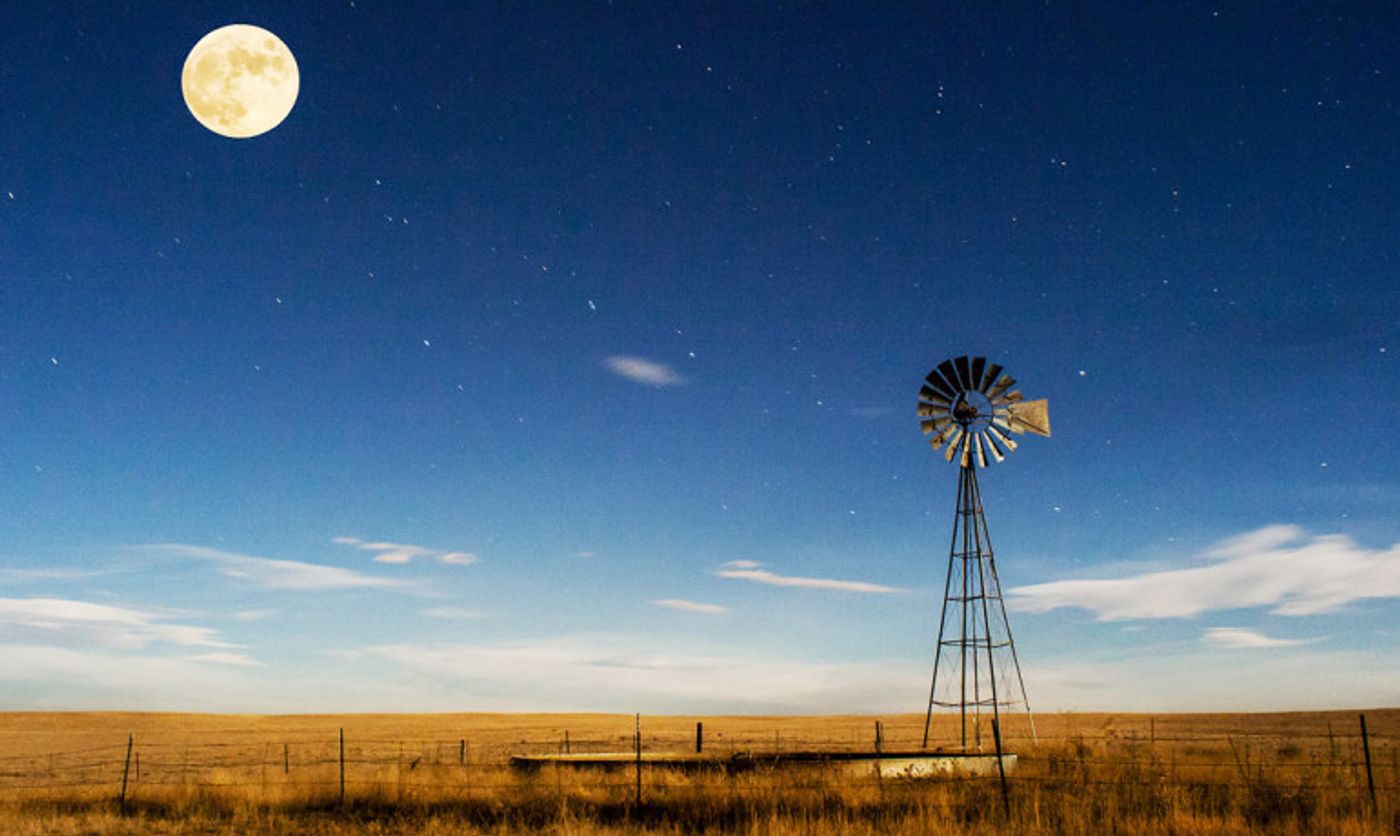When the moon is high in the sky, it creates bulges in Earth’s atmosphere that cause imperceptible changes in the amount of rain that falls below.
“As far as I know, this is the first study to convincingly connect the tidal force of the moon with rainfall,” says corresponding author Tsubasa Kohyama, a doctoral student in atmospheric sciences at the University of Washington.
Kohyama was studying atmospheric waves when he noticed a slight oscillation in the air pressure. He and coauthor John (Michael) Wallace, professor of atmospheric sciences, spent two years tracking down the phenomenon.
Air pressure changes linked to the position of the moon were first detected in 1847, and temperature in 1932, in ground-based observations. An earlier paper used a global grid of data to confirm that air pressure on the surface definitely varies with the position of the moon.
“When the moon is overhead or underfoot, the air pressure is higher,” Kohyama says.
When the moon is overhead, its gravity causes Earth’s atmosphere to bulge toward it, so the pressure or weight of the atmosphere on that side of the planet goes up. Higher pressure increases the temperature of air parcels below. Since warmer air can hold more moisture, the same air parcels are now farther from their moisture capacity.
“It’s like the container becomes larger at higher pressure,” Kohyama says. The relative humidity affects rain, he says, because “lower humidity is less favorable for precipitation.”
Kohyama and colleagues used 15 years of data collected by NASA and the Japan Aerospace Exploration Agency’s Tropical Rainfall Measuring Mission satellite from 1998 to 2012 to show rain is slightly lighter when the moon is high. The change is only about 1 percent of the total rainfall variation, though, so not enough to affect other aspects of the weather or for people to notice the difference.
“No one should carry an umbrella just because the moon is rising,” Kohyama says. Instead, this effect could be used to test climate models.
Wallace plans to continue exploring the topic to see whether certain categories of rain, like heavy downpours, are more susceptible to the position of the moon, and whether the frequency of rainstorms shows any lunar connection.
The National Science Foundation, the Tanaka Ikueikai Scholarship Society, and the Iizuka Takeshi Scholarship Foundation funded the work. The findings appear in
Geophysical Research Letters.
Source:
University of Washington
This article was originally published on
futurity.org.









